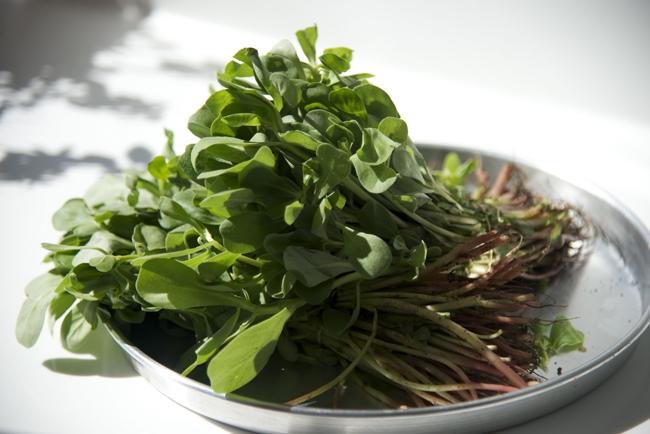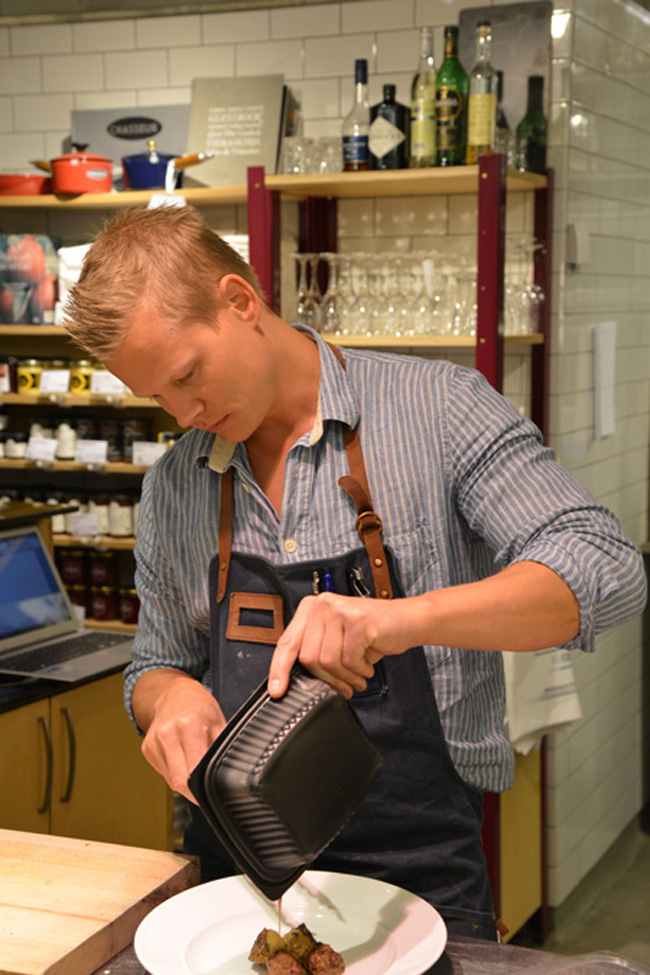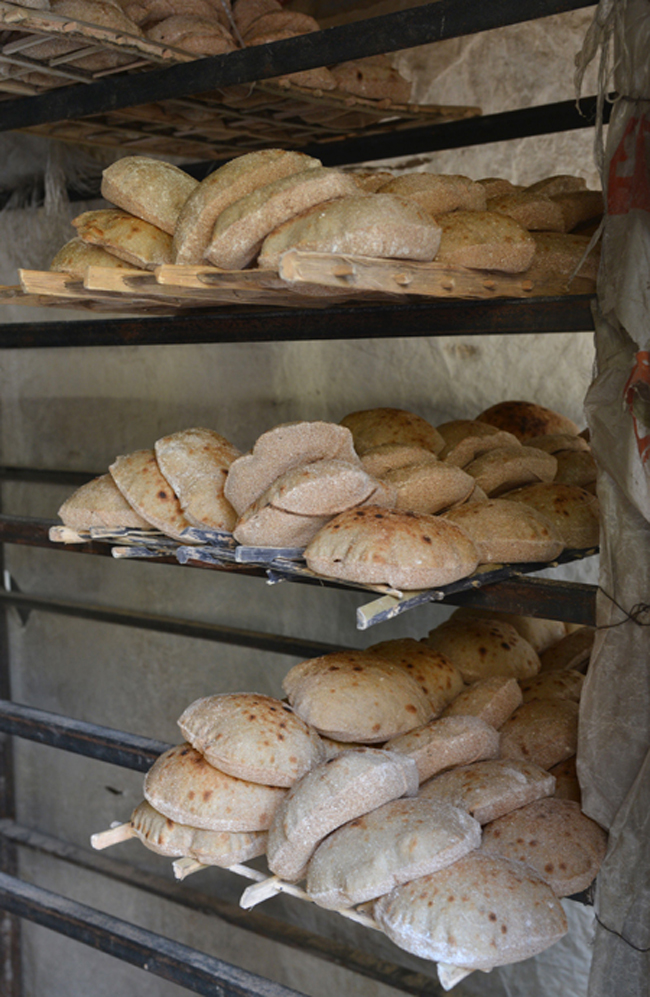19 Dec
[vimeo]https://vimeo.com/82114340[/vimeo]
It all happened by chance. I was saying goodbye to a friend at my front door when Don & Yoko, my delightful neighbours, arrived with a friend of theirs, Noriko, who was staying in their flat. I didn’t know her but I loved her because she was so quiet. Don & Yoko introduced us saying that Noriko is an animation artist. I liked her even more — one of my heroes is Jan Svankmajer. We said hello and I went back in. But as I climbed the stairs up to my loft I thought it would be quite wonderful to have an animated cooking video instead of the more common filmed ones where the chef says and now you add this then stir that and so on. So, I asked Noriko if she would be interested in collaborating with me on doing a monthly animated cooking video, just like my belly dancer of the month! She liked the idea and here is the first one, of a recipe that I found on a postcard and which I love. I hope you will also like it, both the Berber hamburger and the animated video!
13 Oct
 Until I started researching Mediterranean Street Food, I only knew fatayer (Lebanese triangular savoury pastries) as dainty little triangles, made at home by my mother and grandmother who were uncanny in how perfectly they shaped them and how well they sealed them so that none of the juice from the filling trickled out to spoil the look of the golden triangles. I also ate fatayer in restaurants of course. They were a little less dainty and a little less sour and with more crust than filling. But somehow I had never had them from a bakery. Perhaps because my mother sent out toppings for manaqish to the bakery for the baker to make our manaqish but she always made the fatayer at home. Things change naturally and my mother is no longer so young and now has her fatayer made by Emile, our local baker whose dough is just amazing. Of course, his fatayer are not dainty — unless it is a special order bakers make large fatayer for people to have as a snack or as a quick lunch on the go — but they are just as good as my mother’s and when I saw the fresh baqleh (purslane) at the greengrocer, I bought some and asked my mother to make the filling to take to Emile for him to make the fatayer.
Until I started researching Mediterranean Street Food, I only knew fatayer (Lebanese triangular savoury pastries) as dainty little triangles, made at home by my mother and grandmother who were uncanny in how perfectly they shaped them and how well they sealed them so that none of the juice from the filling trickled out to spoil the look of the golden triangles. I also ate fatayer in restaurants of course. They were a little less dainty and a little less sour and with more crust than filling. But somehow I had never had them from a bakery. Perhaps because my mother sent out toppings for manaqish to the bakery for the baker to make our manaqish but she always made the fatayer at home. Things change naturally and my mother is no longer so young and now has her fatayer made by Emile, our local baker whose dough is just amazing. Of course, his fatayer are not dainty — unless it is a special order bakers make large fatayer for people to have as a snack or as a quick lunch on the go — but they are just as good as my mother’s and when I saw the fresh baqleh (purslane) at the greengrocer, I bought some and asked my mother to make the filling to take to Emile for him to make the fatayer.
20 Jun
My first impression as I flew to Stockholm was both good and bad. Good because despite the plane being packed with children, it was a surprisingly restful flight with hardly any noise and lovely service — I should have added beautiful manners to the title of this post; every Swede I met on this trip was delightful except, that is, for the gruff sandwich tart lady (you will find her later in the post). They are really the most charming people in Europe! The bad impression which thankfully was fleeting was due to my vision of all Swedes as tall, blond and beautiful and there weren’t many on the plane. But this changed as soon as I landed. Wherever I went, I had to stop myself staring at gorgeous men and women. Fortunately, I was able to stare at the beautiful young man in the picture above taken at Saluplats Husman in the fabulous Hötorgshallen as he served us the most delicious meatballs and a wallenbarger (a very soft large meatball made with veal, eggs and cream).
12 May
If there is one food that is essential to most Arabs, it is bread and nowhere is it more essential than in Cairo which I like to call the city of bread. Wherever you go, you will see bread being baked, or sold, or consumed or simply carried home a little like the ubiquitous French baguette, except that in Egypt it is aysh baladi or shami that is the national loaf. Aysh means life indicating the importance of bread — elsewhere in the Arab world bread is called khobz — while baladi means local; it describes bread made with wholewheat flour while shami which means Levantine describes bread made with regular white flour.


